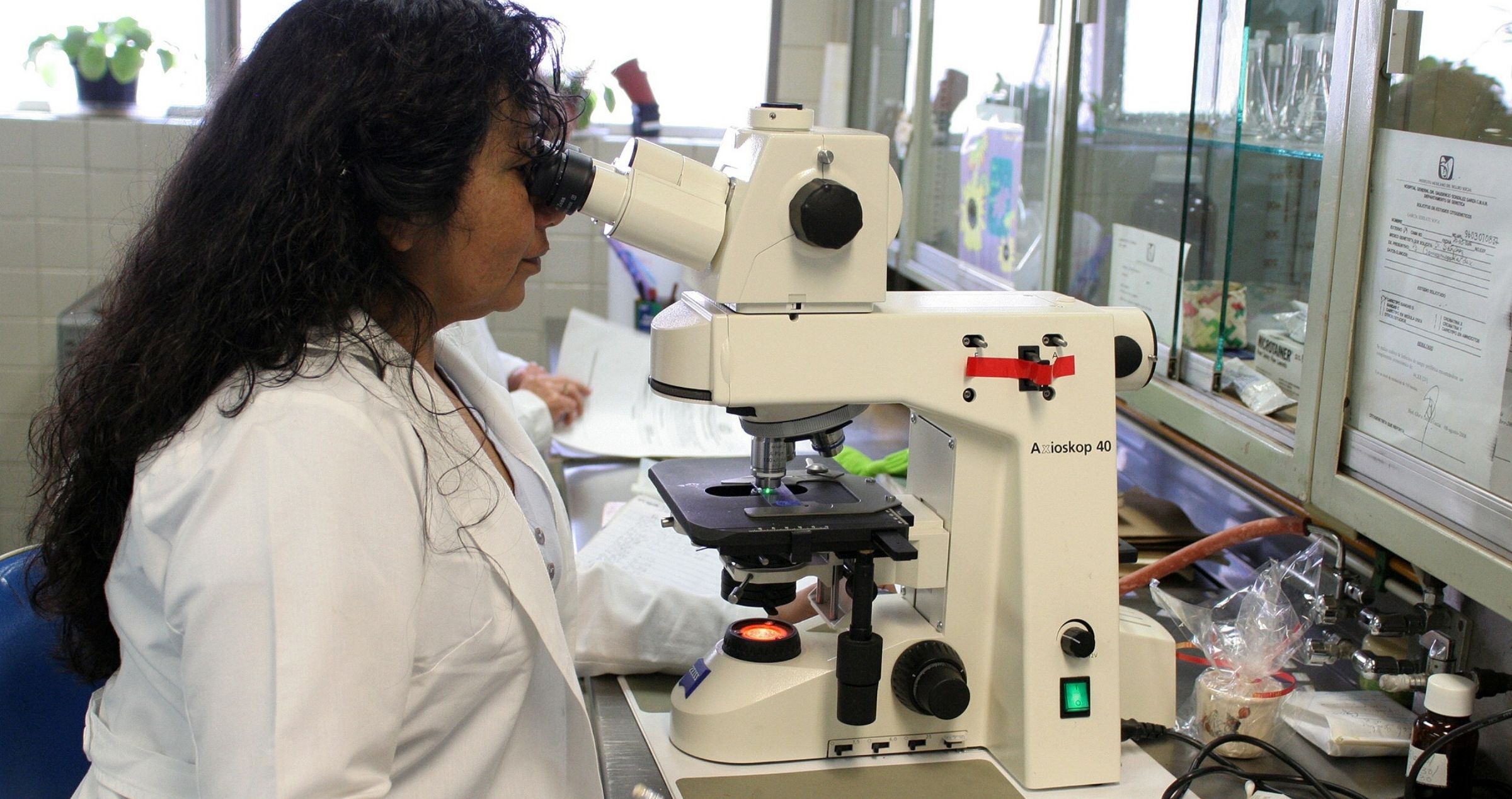Share
It may be possible to develop genetic testing for people at risk of developing glaucoma, to determine whether a susceptibility confers higher risk, and thus warrants closer surveillance or earlier treatment.

Glaucoma continues to be one of the least well understood eye diseases of all – partly due to the fact that it is an umbrella term for a variety of diseases with a common endpoint and partially due to the complexity of these disease processes. However 2014 was a good year with a number of research breakthroughs – some locally based – that helped provide insights into glaucoma as a disease and as potential avenues for therapy.
In the past few years a number of genetic loci have become implicated in risk for both open and closed angle glaucoma. This year, in a study that was independently replicated, a multinational team lead by Professor Jamie Craig at Flinders University in Adelaide, identified three new genetic regions associated with increased risk of open angle glaucoma – ABCA1, AFAP1 and GMDS. Their role in the pathogenesis of glaucoma remains unclear though functional studies are underway. There are two major potential outcomes that may stem from these findings: firstly it may be possible to develop genetic testing for people at risk of developing glaucoma to determine whether a susceptibility confers higher risk and thus warrants closer surveillance or earlier treatment. Secondly, functional studies of these genetic loci may reveal targets for new potential treatments for glaucoma patients.1
A gene associated with anterior chamber depth, ABCC5 was also implicated this year in Genome Wide Association Studies (GWAS) with increased risk of angle closure.2
Potential New Treatments for Glaucoma:
Temporary restoration of visual function in glaucoma
A team at the University of Adelaide has been able to temporarily restore visual function in glaucoma patients by application of high dose glucose topically in a double blind, randomised study. In theory this burst of metabolic energy provided by glucose overcomes some of the metabolic dysfunction identified in some models of glaucoma. By itself, it may not be a treatment for glaucoma but it paves the way for other metabolic supplementation therapies that may help or even restore visual function in patients with glaucoma.3
New drug shows promise in phase II trial
A variant of latanoprost; latanoprostene bunod, has been shown to have a better IOP reduction than latanoprost in a randomised Phase II trial of 400+ patients in the VOYAGER Study. This builds on other Phase II and Phase I studies. The drug is due to undergo Phase III trials and will be marketed pending further successful trials. The findings from the VOYAGER study were recently published in the British Journal of Ophthalmology.4
Long-acting Latanoprost
It is well know that patient adherence to topical glaucoma medications is very poor. However, sustained-release ocular hypotensive agents have been sought for many years with limited success. A group from the Singapore National Eye Center is developing sustained release latanoprost in nanoparticles to be injected subconjunctivally, ideally leading to a single injection every six months rather than relying on the patient to remember to put eye drops in daily. The latest research in this field published by this group was published in ACS Nano.5
Rho kinase inhibitors
Rho kinase (ROCK) inhibitors have been under investigation as a new class of glaucoma medication for some time. Recently, one of these (AR-13324) was studied in a randomised trial of 224 patients given either AR-13324 or latanoprost. There was a comparable drop in IOP with the main side effect being hyperemia. The findings were published in Ophthalmology.6
Ongoing trials
There are a number of ongoing trials we are eagerly awaiting results on. Two pertaining to Angle Closure looking at the role of prophylactic peripheral iridotomies in China and clear lens extraction for angle closure in the UK respectively are still underway. The Primary Tube vs Trab study looking at efficacy of Seton implants vs trabeculectomy as a primary surgical therapy has just about finished recruiting in the US.
The GITS study based in Australia and the LIGHT study based in the UK are looking at the efficacy of Selective Laser Trabeculoplasty as primary therapy long term. A variety of minimally invasive glaucoma drainage devices (iStent 2.0, Cypass and Hydrus microstent) are underway. These devices may play a role in the surgical management of glaucoma though that is still to be fully determined.
These findings will inform the way forward in terms of glaucoma management for the coming decade. We will have to stay tuned for the outcome.
This article has been adapted and reprinted with kind permission from mivision ophthalmic journal. Originally published in mivision Mar’15, Issue 99.



